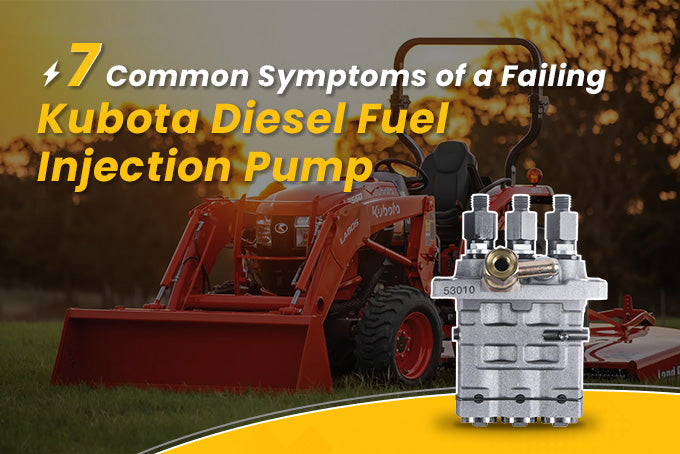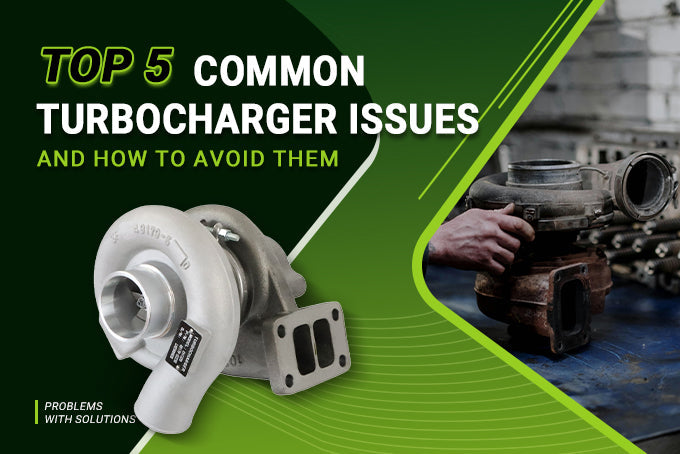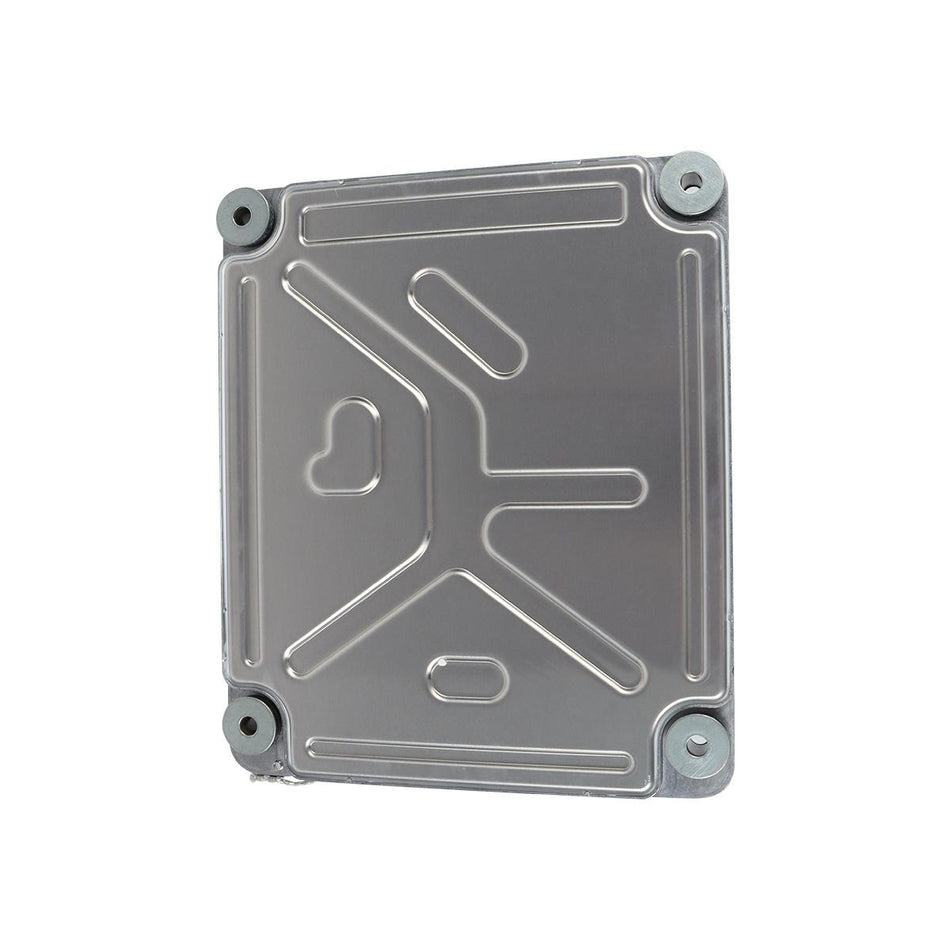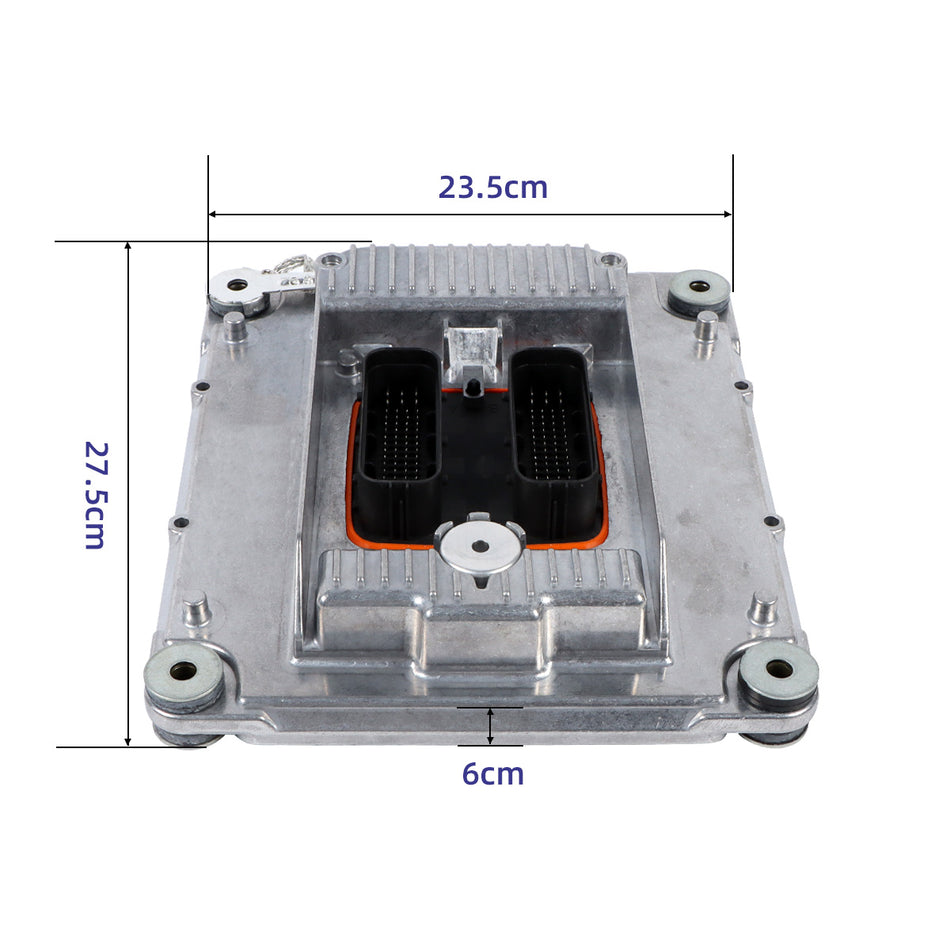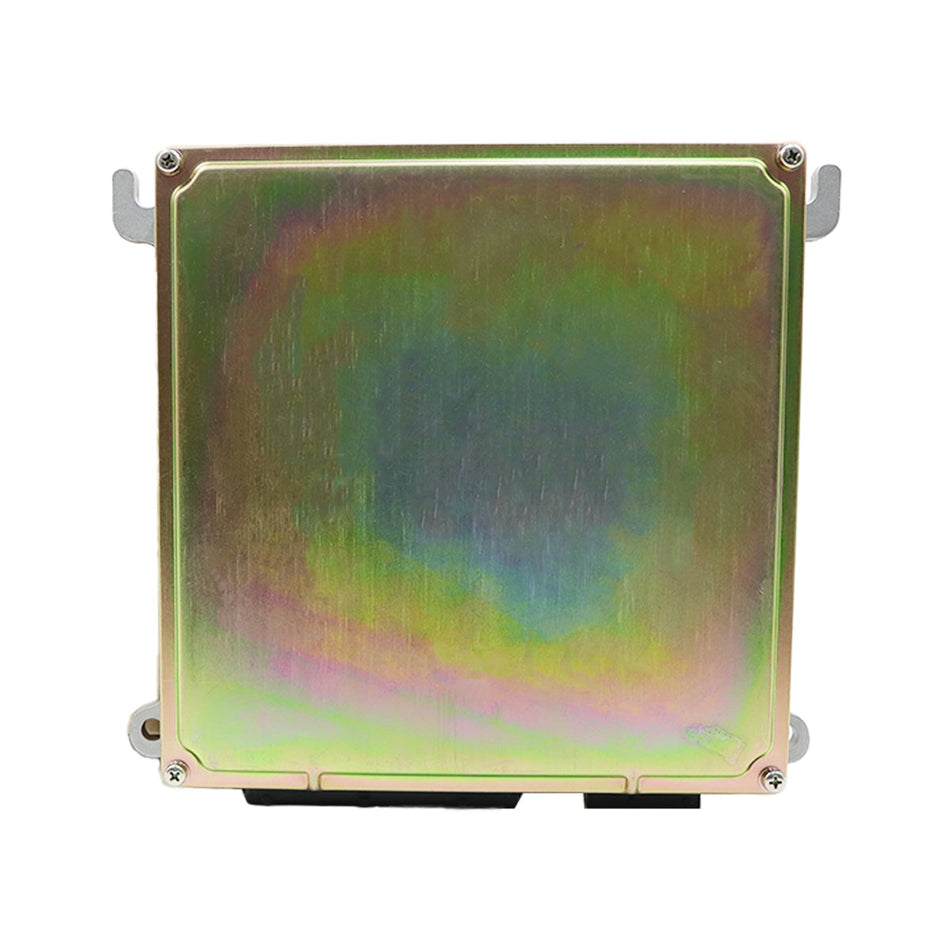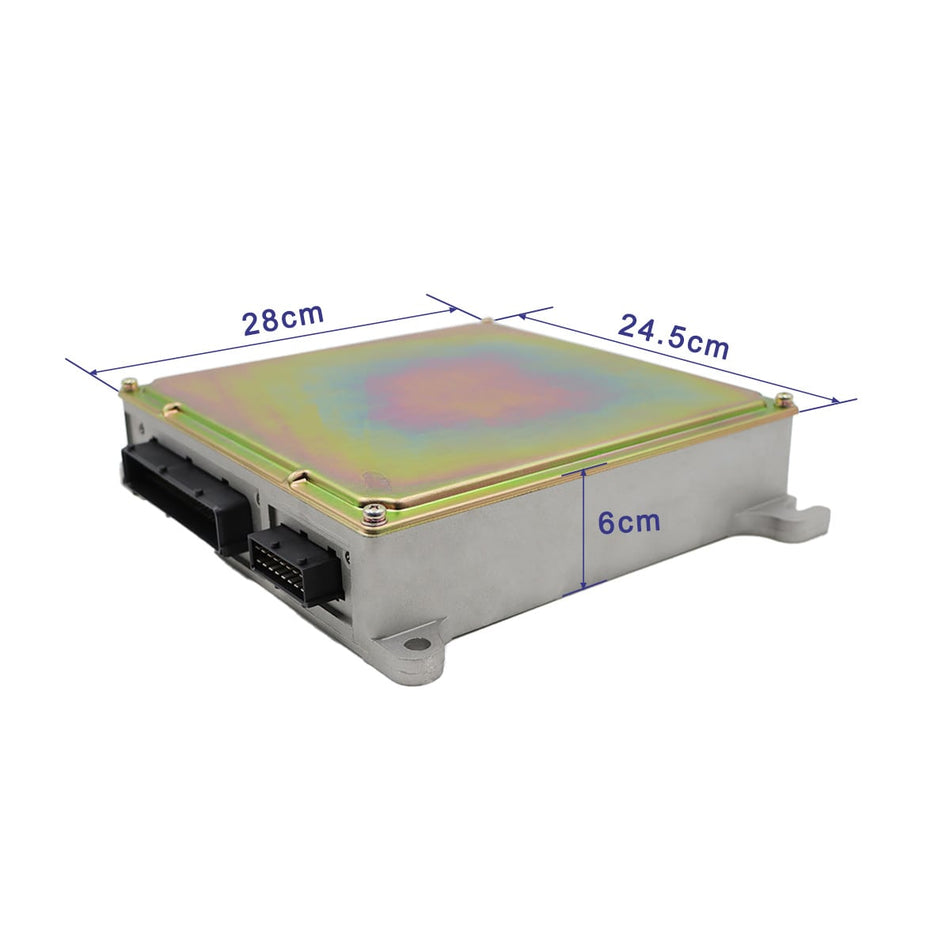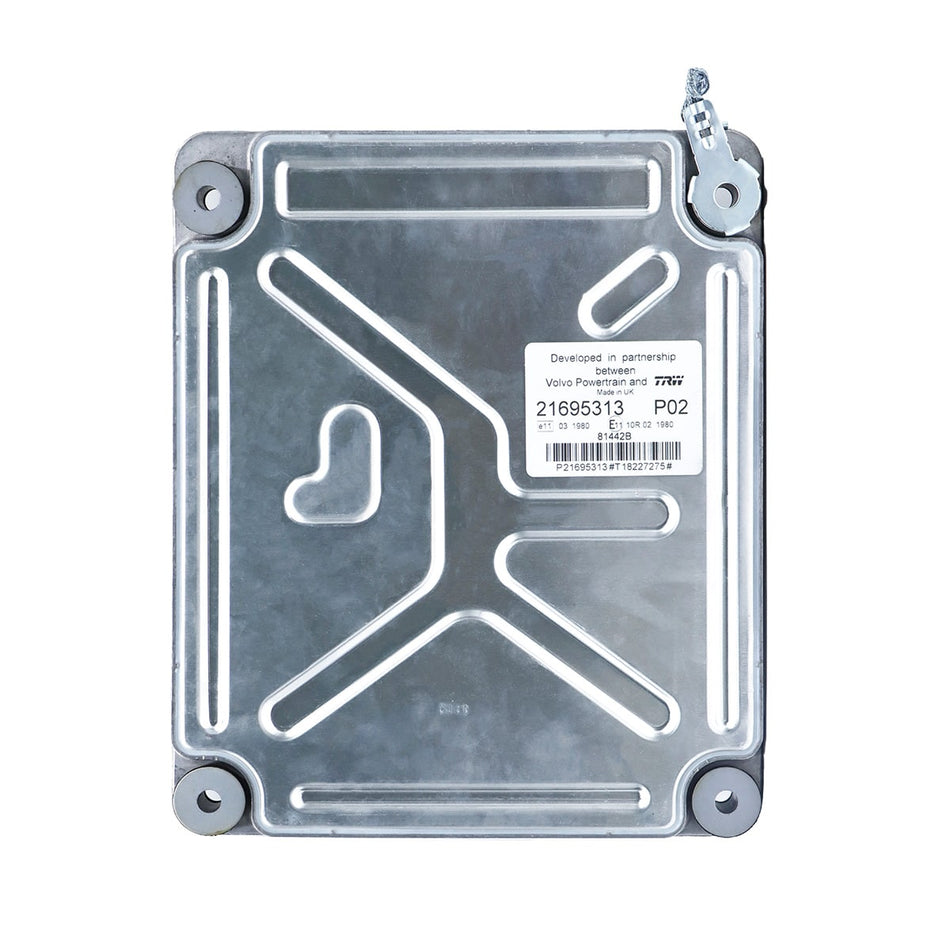Diesel engines are widely used in mining machinery, engineering machinery and other industries due to their good economic and power performance. In the daily use of diesel engines, fault diagnosis can be made according to the change in the smoke color, so that timely maintenance can be done to reduce economic losses. The following describes the causes and elimination methods of three common abnormal smoke exhaust faults of the engine.
- Reasons for exhausting black smoke and how to eliminate it?
This phenomenon is caused by incomplete combustion of the fuel. When black smoke is emitted, the engine power is often reduced, the exhaust temperature is too high, and the water temperature is too high, which causes the engine parts to wear and reduce the engine life. The cause of this phenomenon (many causes of incomplete combustion) and the elimination method are as follows.
1.1. The exhaust back pressure is too high or the exhaust pipe is blocked. This situation will cause insufficient air intake, which will affect the air-fuel mixture ratio and cause excessive oil volume. This situation occurs: first, the exhaust pipe bends (especially 90 ° bends) are excessive and should be reduced as much as possible; the second is that the interior of the muffler is blocked by excessive soot and should be removed.
1.2. Insufficient air intake or blocked air duct. In order to find out the reason, the following inspections should be carried out: first, whether the air filter is blocked; second, whether the air intake pipe is leaking (if this happens, the engine will be accompanied by a harsher squeaking noise due to the increased load); three Is the turbocharger damaged? Should check the exhaust wheel and booster wheel blades for damage and smooth and flexible rotation; the fourth is whether the intercooler is blocked.
1.3. The valve clearance is not adjusted correctly, and the valve seal line is not in good contact. Check valve clearance, valve springs, and valve seals.
1.4. The oil supply of each cylinder of the high-pressure oil pump is uneven or too large. Uneven oil supply will cause unstable speed and intermittent black smoke, which should be adjusted to make it balanced or within the specified range.
1.5. The fuel injection is too late, and the advance angle of the fuel injection should be adjusted.
1.6. Injector is bad or damaged, it should be removed for inspection.
1.7. Incorrect injector model selection. Imported high-speed engines have strict requirements on the selected fuel injectors (injection aperture, number of holes, and injection angle). Improper selection will also cause the engine to emit black smoke, even if the engine is the same model, in different applications (When output power, speed, etc. are different), it is required that the type of injector used is different. If the selection is incorrect, the correct type of injector should be replaced.
1.8. Poor quality or wrong grade of diesel oil. Imported high-speed diesel engines with direct-injection combustion chambers equipped with multi-hole injectors, due to the small diameter of the injectors and high precision, have strict requirements on diesel quality and grades, otherwise it will cause black smoke from the engine and even cause The engine does not run normally. Therefore, clean and qualified light diesel should be used. It is recommended to use diesel No. 0 or +10 in summer, -10 or -20 in winter, and -35 in cold areas.
1.9. Cylinder liner and piston components are more severely worn. When this happens, the piston ring is not tightly sealed, and the air pressure in the cylinder is severely reduced. As a result, the diesel cannot burn sufficiently and emit black smoke, and the engine power drops sharply. In severe cases, the engine will automatically stop when it is loaded. Wear parts should be replaced.
- Why and how to eliminate blue smoke?
Blue smoke emissions are caused by excessive oil burning in the combustion chamber. The reasons for this failure are as follows:
2.1. Add oil sump to the oil pan. Too much oil will splash into the cylinder wall with the high-speed running crankshaft and blow into the combustion chamber. The troubleshooting method is to stop for about 10 minutes, then check the oil gauge, and drain the excess oil.
2.2. The cylinder liner and piston components are seriously worn and the gap is too large. If the clearance is too large, a large amount of engine oil will be blown into the combustion chamber, and the exhaust gas from the crankcase of the engine will increase. The treatment method is to replace the worn parts in time.
2.3. The piston ring fails. If the piston ring is not elastic enough, it is stuck in the ring groove by carbon deposits, or the ring ports are on the same straight line, or the oil return hole of the oil ring is blocked, which will cause a large amount of oil to enter the combustion chamber and burn, and blue smoke will be emitted. The solution is to remove the piston ring, remove the carbon deposits, and redistribute the ring openings (the upper and lower ring openings are recommended to be staggered by 180 °), and replace the piston rings if necessary.
2.4. The gap between the valve and the duct is too large. Due to wear, the gap between the two is too large. During intake, a large amount of engine oil in the rocker arm is sucked into the combustion chamber for combustion. The treatment method is to replace the worn valves and ducts.
2.5. Other causes of blue smoke. If the oil is too thin, the oil pressure is too high, and the engine is not running properly, it will cause the oil to burn and emit blue smoke.
- Why and how to discharge gray smoke?
The engine emits off-white exhaust gas, indicating that some of the fuel was exhausted from the exhaust pipe due to low engine temperature, poor oil and gas atomization, and the fuel was too late to burn. The main reasons for this phenomenon are:
3.1. If the fuel injection time is too late, there will be a leak when the fuel is injected, the injection pressure is too low, and the atomization is not good. When the machine temperature is too low, it will be too late to burn and be discharged as white smoke. The solution is to correct the injection time and check the working condition of the injector.
3.2. Insufficient pressure in the cylinder. Due to the wear of the cylinder liner and piston ring components and poor valve sealing, the engine emits gray smoke immediately after the engine starts, and then changes to light black smoke or black smoke as the engine temperature rises. The solution is to replace worn cylinder liners, piston rings or trim valves and valve seats.
3.3. There is water in the diesel. If the gray smoke comes out after the engine starts, and as the temperature of the engine rises, the gray smoke still exists, it is likely that the diesel is mixed with too much water. The solution is to open the fuel tank drain valve every day before starting up to drain the sediment and water from the bottom of the tank.
In summary, the abnormal smoke exhaust is a comprehensive reflection of the internal failure of the engine. Therefore, whether the exhaust is normal or not is one of the important signs to judge the working condition of the engine. If it can be handled in time, it can ensure the ideal use of the diesel engine and avoid unnecessary economic losses.









